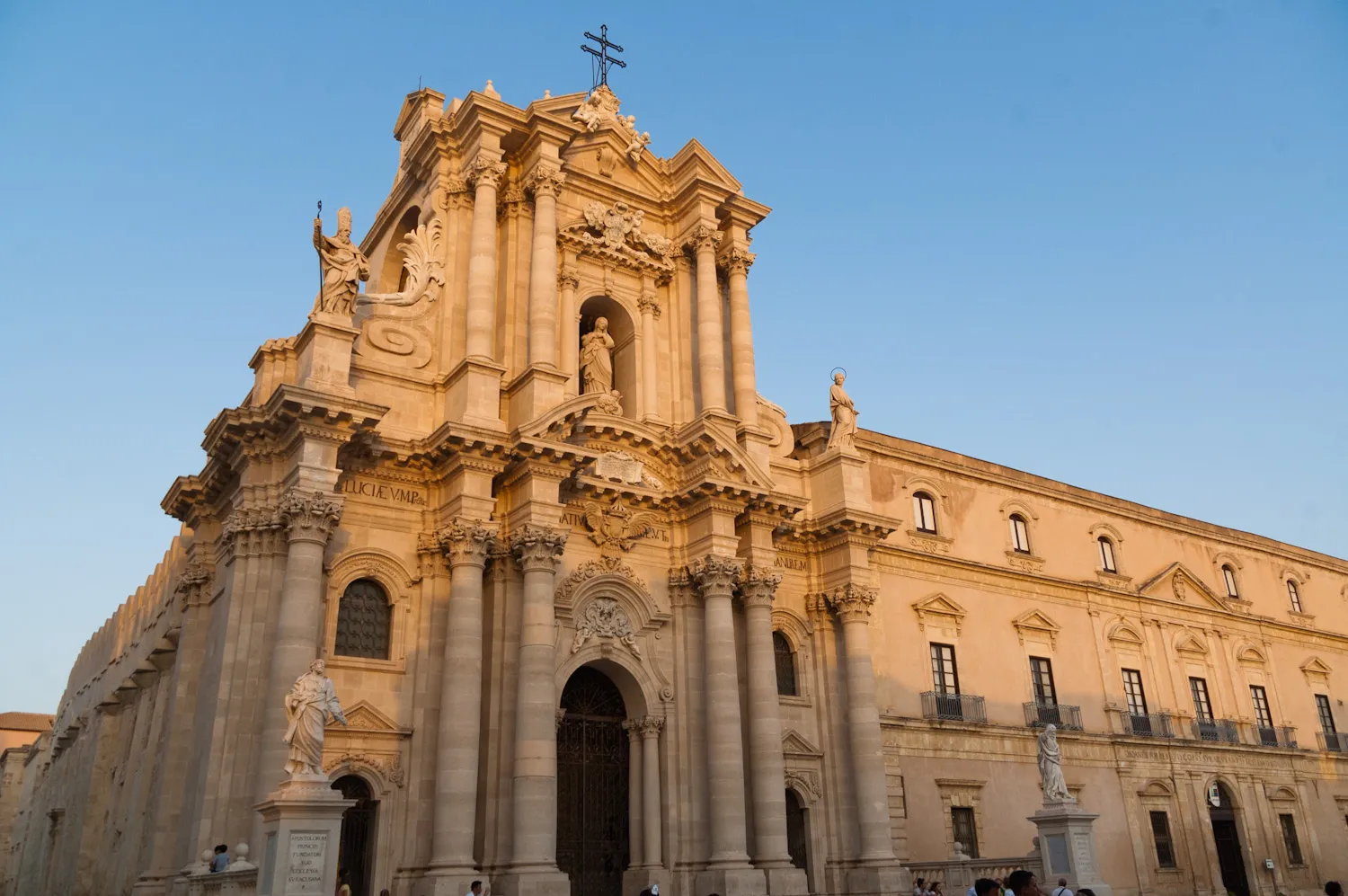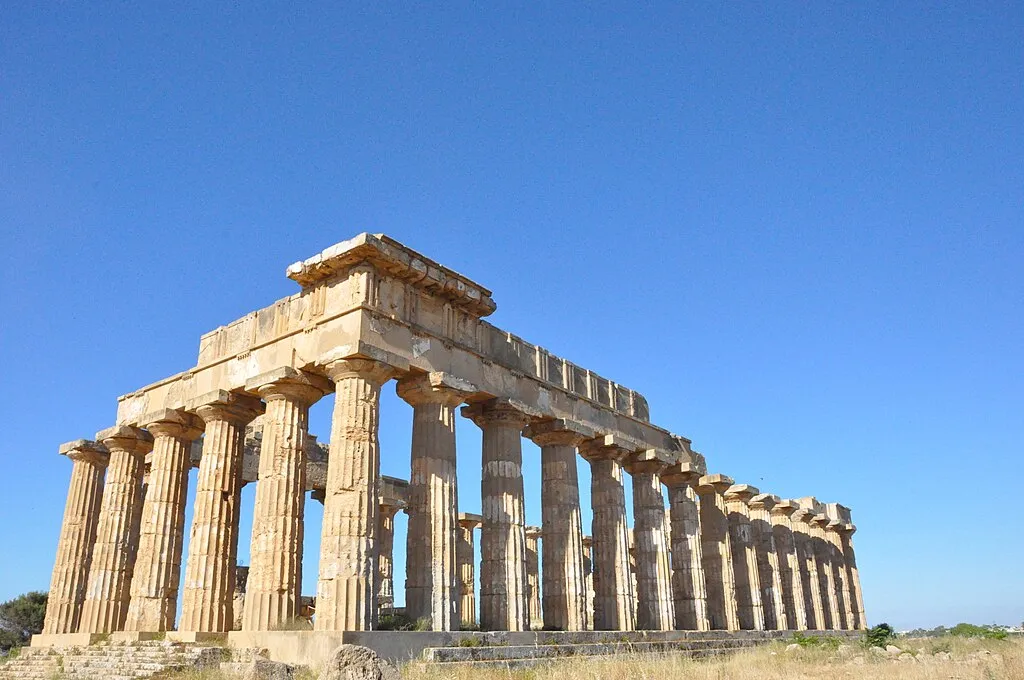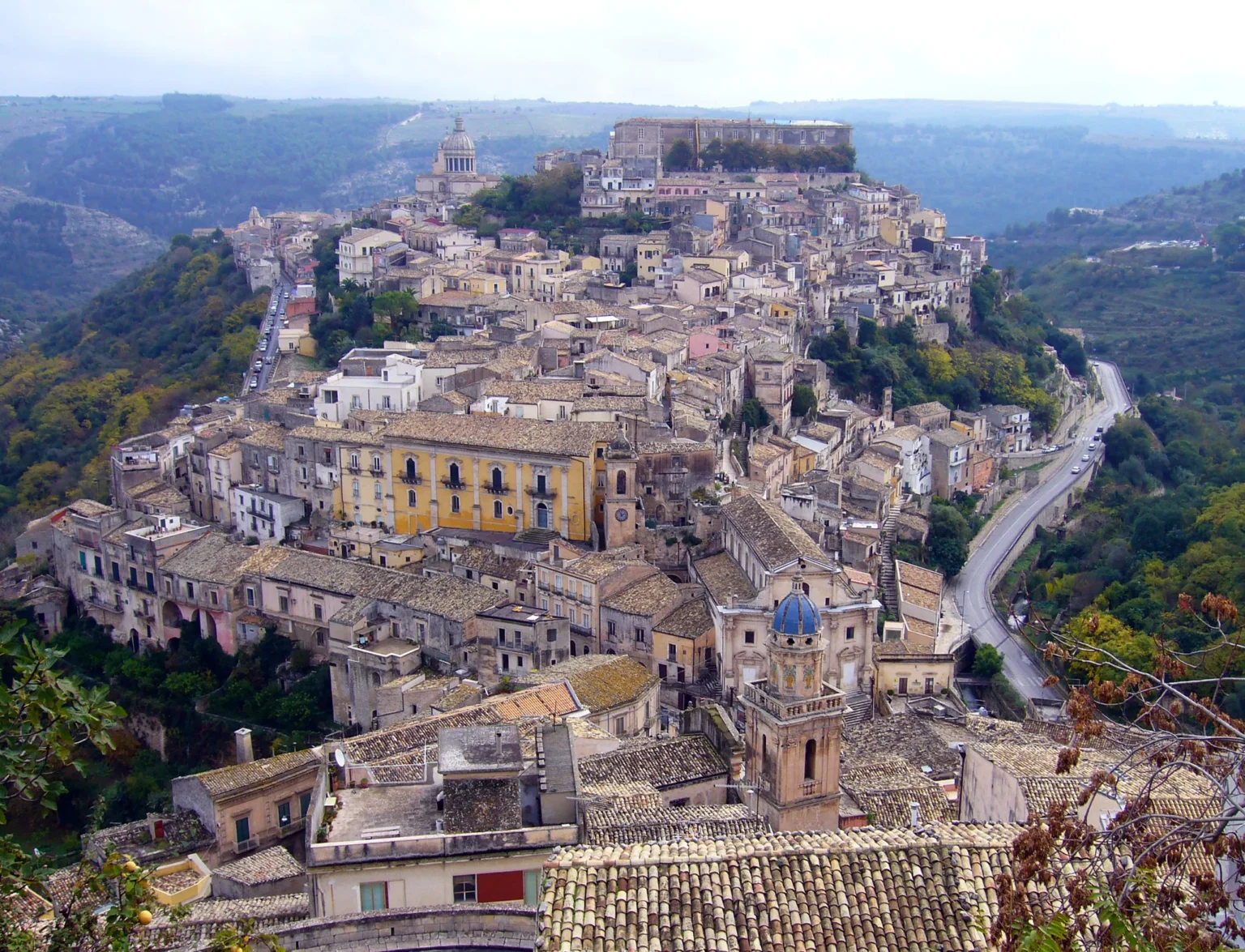Sicily, with its rich history and cultural heritage, offers an extraordinary variety of art cities and archaeological sites. From the ruins of ancient Greece to the splendor of Baroque churches, the island is a crossroads of cultures and histories that date back thousands of years.

Palermo, Sicily’s capital, is a perfect example of cultural fusion, with monuments like the Cathedral and Norman Palace with Palatine Chapel, masterpieces combining Norman, Byzantine and Islamic art. For a unique experience, you can also visit the Teatro Massimo, one of the largest opera houses in Europe, and the historic markets of Ballarò and Vucciria.
Syracuse, founded by the Greeks, boasts the island of Ortigia and the Neapolis Archaeological Park. The Greek Theatre and the Ear of Dionysius are must-sees. Agrigento, with its famous Valley of the Temples, is one of the most spectacular archaeological sites in the world.

Taormina, situated on a hill overlooking the sea, is renowned for its natural beauty and breathtaking views. The Greek Theater, dating from the 3rd century B.C., offers spectacular views of the Ionian Sea and Mount Etna, blending history and nature in a unique way. Taormina’s historic center, with the Cathedral of San Nicola and Palazzo Corvaja, is a place where the charm of the past can be felt at every turn .At the foot of the city is Isola Bella, a nature reserve connected to the mainland by a thin strip of sand, perfect for swimming or relaxing in a setting of rare beauty.

Selinunte is an important archaeological site located on the southwestern coast of Sicily. Founded in the 7th century B.C., it preserves impressive ruins, including the best-preserved Temple of Hera and the Temple of Zeus, one of the largest Doric temples ever built, albeit incomplete.
Catania, located below Mount Etna, combines Baroque art and history. After being rebuilt in the Baroque style following an eruption and earthquake in the 17th century, the city features monuments such as the Cathedral of St. Agatha, the Piazza del Duomo, and the Benedictine Monastery, one of the largest monastic complexes in Europe.

Noto, a capital of Sicilian Baroque and a UNESCO World Heritage Site, is famous for its Cathedral of St. Nicholas and the Ducezio Palace. Ragusa and Modica, also rebuilt after the 1693 earthquake, offer an enchanting spectacle with their Baroque squares and palaces. Ragusa Ibla, with its maze of alleys, and the Church of San Giorgio in Modica are among the main attractions.
Photo Credits
Sergio Scandroglio, Pexels
Guillaume, Wikimedia
xiquinhosilva, Flickr
Giacomo Palermo, Wikimedia
Riccardo, Flickr
January 13, 2025
Places to See
January 10, 2025
Places to See
December 30, 2024
Places to See
Choose FerryBooking24 for the best ferry prices.









